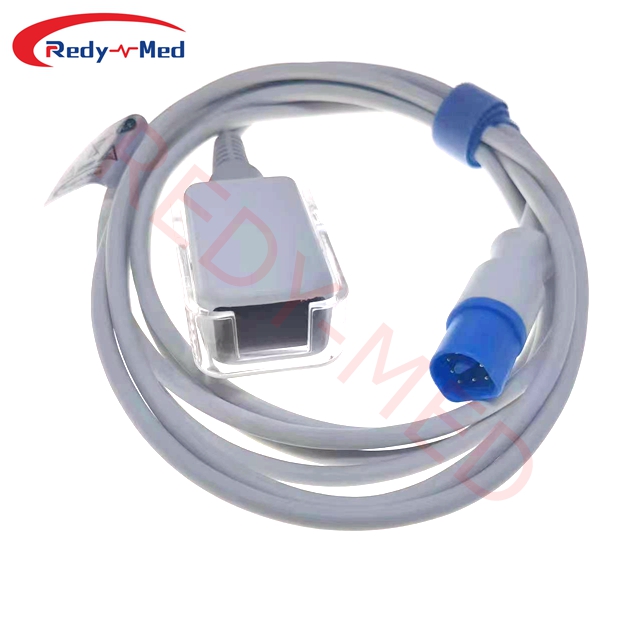
Pulse Oximetry Prowess: Exploring the Accuracy and Advancements of Spo2 Sensors
2024-03-21 00:03:27
Understanding the Significance of Pulse Oximetry in Modern Healthcare

Pulse oximetry is a crucial non-invasive medical technique used to measure the oxygen saturation level (SpO2) in the blood. It provides valuable insights into a patient's respiratory and cardiovascular health, aiding in the diagnosis and monitoring of various conditions. This article delves into the accuracy and advancements of Spo2 sensors, shedding light on their profound impact on healthcare.
The Evolution of Spo2 Sensors: From Basic to Advanced Technologies
The first generation of Spo2 sensors consisted of bulky and uncomfortably placed probes. However, with technological advancements, the size has reduced significantly, making them wireless and wearable. Modern sensors employ advanced algorithms and signal processing techniques to ensure accurate readings even in challenging clinical environments. With the introduction of flexible sensors, patient comfort has improved, leading to enhanced compliance and more reliable data.
Enhancing Accuracy and Reliability: Advances in Spo2 Technology
Manufacturers continually strive to improve the accuracy and reliability of Spo2 sensors. Several factors influence the precision of readings, including motion artifacts, ambient light interference, and patient physiology. Optical advancements, such as multi-wavelength sensors, help eliminate inaccuracies caused by ambient light, leading to more precise measurements. Additionally, motion-tolerant algorithms minimize errors caused by patient movement, ensuring reliable data for healthcare professionals.
Expanding Applications: Beyond Traditional Healthcare Settings
Spo2 sensors were initially confined to hospital settings. However, their applications have expanded to various non-clinical environments. Sports and fitness industries now utilize wearable Spo2 sensors to monitor oxygen levels during physical activity and optimize training routines. Moreover, sleep monitoring devices equipped with Spo2 sensors are gaining popularity for diagnosing sleep apnea and other respiratory disorders. These advancements have resulted in improved patient outcomes and enhanced preventive care strategies.
Future Prospects and Conclusion
The future holds tremendous potential for Spo2 sensors, with ongoing research focusing on miniaturization, continuous monitoring, and integration with other health monitoring technologies. The integration of Spo2 sensors into smartwatches and other consumer wearables is likely to become more prevalent, empowering individuals to monitor their health proactively. As these advancements continue to revolutionize healthcare, the accuracy and efficacy of Spo2 sensors will play an increasingly pivotal role in improving patient care and overall well-being.
Conclusion:
In conclusion, the accuracy and advancements of Spo2 sensors have revolutionized healthcare practices. From their humble beginnings to today's wireless and wearable sensors, the evolution of Spo2 technology has significantly enhanced the accuracy, reliability, and patient compliance in oxygen saturation monitoring. With expanding applications in non-clinical settings, Spo2 sensors are now empowering individuals to take charge of their health. As technology continues to evolve, the future prospects for Spo2 sensors are promising, ensuring better preventive care and improved patient outcomes.
Get the latest price? We'll respond as soon as possible(within 12 hours)




